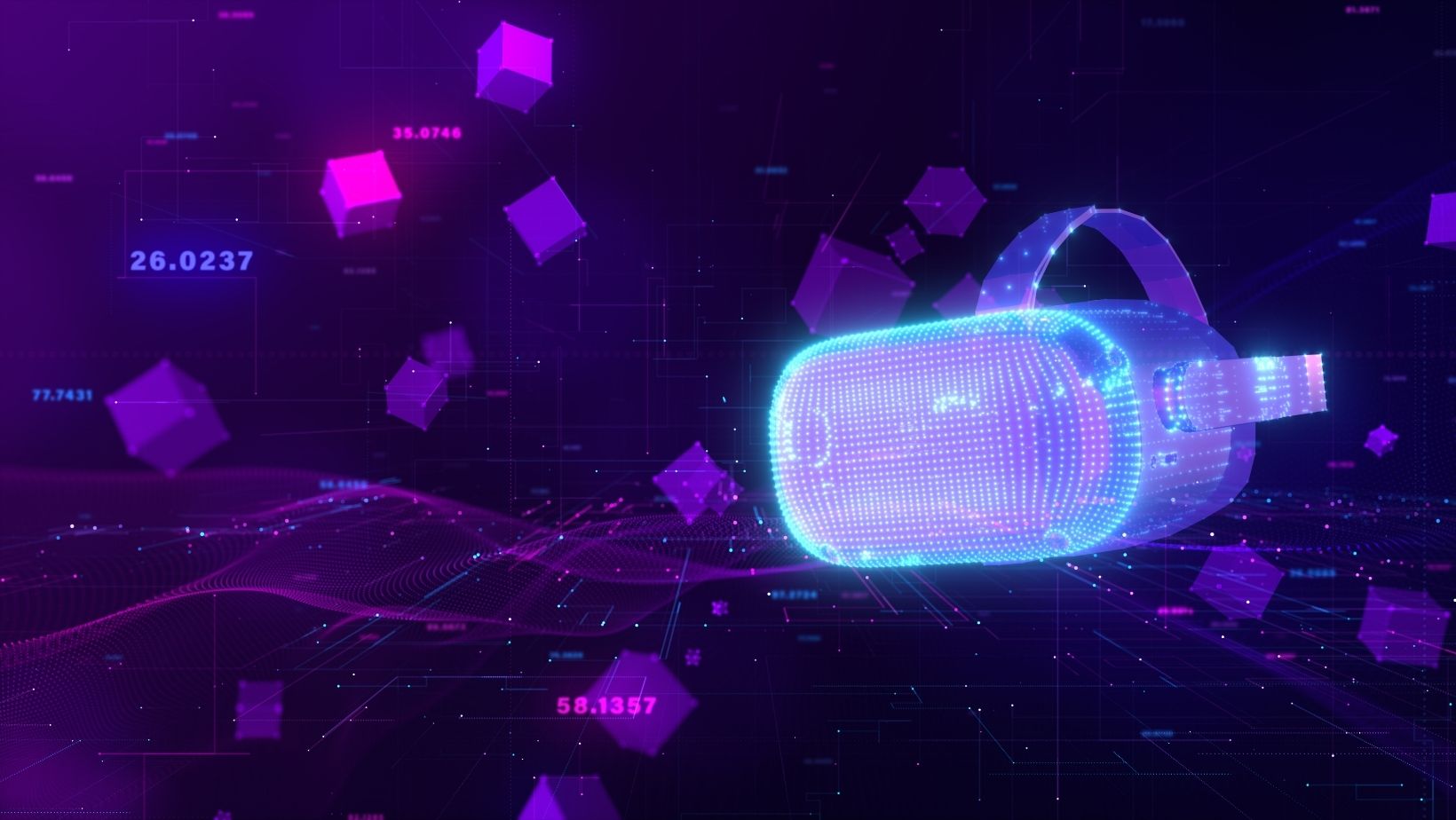Ever wondered how your favorite video game creates its captivating visuals? From the lifelike landscapes to the detailed character designs, it’s all about the graphics. They’re the backbone of every game, and they’ve come a long way since the pixelated sprites of the ’80s.
Exploring the intricacies of 2D, 3D, and VR visualization provides a comprehensive understanding of how technology shapes the immersive worlds of slot online gaming. From classic 2D interfaces to the immersive realms of virtual reality, each visualization dimension offers unique experiences, enriching the diverse landscape of slot online entertainment.
Understanding Video Gaming Graphics
Diving deeper into the world of video gaming graphics, I acknowledge their complexity. Graphics are more than just pretty visuals. They’re the primary medium for storytelling in games.
Factors influencing gaming graphics:
- Hardware: This constituent plays an integral part in determining the quality of graphics. High-end gaming consoles and PC setups, with powerful GPUs, produce stunning visuals.
- Software: The game engine, a software framework used in game development, significantly impacts graphic quality. Renowned engines like Unreal Engine or Unity incorporate advanced rendering capabilities, enabling realistic graphics.
- Art Style: This term refers to the visual style and aesthetics determined by game designers. Games like “The Legend of Zelda: Breath of the Wild”, for instance, use an anime-inspired art style that creates a distinctive visual experience.
- Resolution: This feature, usually measured in pixels, determines the crispness and detail quality of a game. Higher resolution results in refined graphics but comes with a higher demand on hardware.
Understanding video gaming graphics, including video editing, affirms my belief in the critical role of visuals in shaping a captivating and engaging gameplay experience.
Video gaming graphics

A Graphics Processing Unit (GPU) isn’t just common, it’s integral in modern video games. GPUs provide the computational power to render intricate scenes and facilitate smooth gameplay. NVIDIA’s GeForce GTX 1080, for instance, is a preferred choice among many gaming enthusiasts due to its noteworthy processing capabilities.
Graphics APIs (Application Programming Interfaces) also share in the important role. APIs act like a middleman, communicating vital instructions from the game engine to the GPU. DirectX and OpenGL represent two popular examples. They enable game developers to communicate complex visual effects that GPUs can render.
Understanding these key components foregrounds the complex artistry of gaming graphics. Each part conjoins, functioning in a symphony, delivering the captivating and immersive experiences gamer crave in their virtual playgrounds.
Types of Video Gaming Graphics

Continuing from where we left off, I’d like to dig a bit deeper into the different types of gaming graphics. And remember, it’s not just about realism or high quality; each type provides unique visual experiences and challenges for game developers.
First on the list, 2D graphics. These were used in the earliest games and are still relevant today in certain gaming genres. Typically, 2D graphics are pixel-based images or vector graphics. Classic games like Pac-Man or Super Mario Bros. exhibit the charm of 2D graphics.
Next, there’s 3D graphics. With an extra dimension, these graphics provide a greater sense of depth and realism. They’re commonly used in modern video games across platforms. Think of games like The Witcher 3 or Uncharted – these titles exemplify the power of 3D graphics.
Then, we have Virtual Reality (VR) graphics. Unlike traditional screen-based games, VR allows players to interact with a 3D world as if they’re part of it – bringing an unprecedented level of immersion. Examples include games like Beat Saber and Half-Life: Alyx.
Finally, don’t forget about Augmented Reality (AR) graphics, which overlay virtual objects in the real world, making games more interactive. Pokémon Go is an excellent example, where players catch virtual Pokémon that appear in real-world locations.
The Future of Video Gaming Graphics
As we’ve journeyed through the realm of video gaming graphics, it’s clear that they’re more than just visuals. They’re the lifeblood of our gaming experiences, driving player engagement and shaping the stories we live in virtual worlds. From 2D to 3D, VR to AR, each form of graphics brings a unique flavor to the gaming table. So, hold onto your controllers, folks. The future of video gaming graphics is right around the corner, and it’s going to be spectacular.